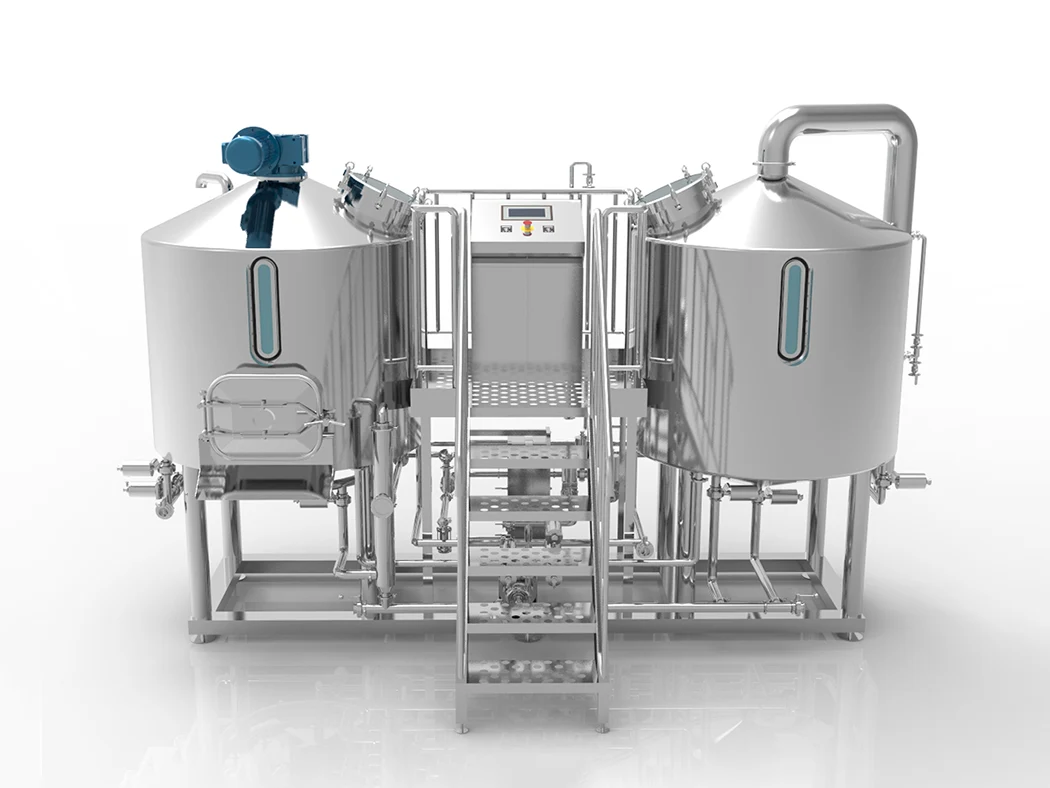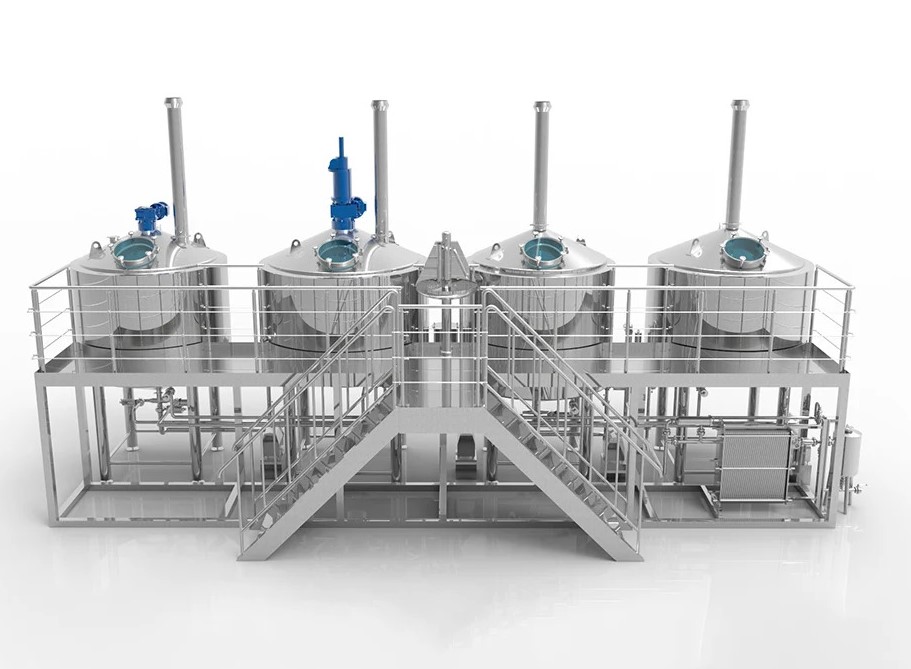Are you struggling to find a brewing system that meets your exact needs? Do you waste time comparing different brands and models? Does the thought of making the wrong equipment choice keep you up at night?
You’re not alone. Many brewers face these problems. But there’s a solution.
The Growing Brewing Industry: Market Insights
The brewing industry continues to evolve despite recent challenges. In 2024, craft brewer volume sales declined by 4%, slightly reducing market share to 13.3% of the U.S. beer market by volume . However, retail dollar sales increased by 3% to $28.8 billion, now accounting for 24.7% of the $117 billion U.S. beer market .
This shows a shift toward premium products rather than volume, making equipment selection even more critical for brewers looking to compete in this changing landscape.
Global Market Growth
The brewing equipment and ingredients markets are experiencing significant growth:
| Market Segment | 2023 Value | Projected Value | CAGR |
|---|---|---|---|
| Brewing Ingredients | $39.35 billion | $66.61 billion (2031) | 6.80% |
| Automatic Brewing Equipment | $7.72 billion | Growing rapidly | N/A |
Brewing Industry Market Insights
Key Statistics and Trends for 2024
Craft Beer Performance
Market Trends
Global Market Leaders
Equipment Materials
Understanding Your Brewing System Needs
Before selecting brewing equipment, you must define your specific goals. Are you starting a nano brewery, scaling up an existing operation, or looking for complete commercial solutions?
Key Components Every Brewing System Needs
- Mash tuns & lautering systems
- Boil kettles with volume markers
- Fermentation temperature control
- Sanitization stations
The Problem: Choosing the Wrong System is Costly
Selecting inappropriate brewing equipment can lead to:
- Inconsistent product quality
- Production inefficiencies
- Wasted ingredients
- Equipment that can’t scale with your business
- Higher maintenance costs
This challenge becomes more painful as the brewing market grows more competitive. With over 9,210 craft breweries in the U.S. , standing out requires both quality and efficiency.
Types of Brewing Systems Compared
1. Nano Brewery Systems
Perfect for startups and experimental batches, nano brewery equipment typically handles 1-3 barrel batches. These systems allow for agility and product testing without massive investment.

2. Micro Brewery Systems
Micro brewing systems balance production capability with manageable overhead, typically producing 3-15 barrels per batch. These systems represent the sweet spot for many craft brewers.
3. Commercial Brewing Systems
Larger operations require robust brewing equipment designed for consistent, high-volume production. These systems must prioritize efficiency, automation, and quality control.
Material Considerations: Why Quality Matters
Stainless steel dominates the market with 80% market share for brewing equipment due to its durability and hygiene benefits . When evaluating systems, look for:
- 304 vs. 316L stainless steel (316L offers better corrosion resistance)
- Weld quality (smooth welds prevent bacterial growth)
- Thickness of material (impacts durability)
The Solution: Customized Brewing Systems
The most successful breweries choose equipment tailored to their specific needs rather than off-the-shelf solutions. A customized approach considers:
- Current production requirements
- Future scaling plans
- Specific beer styles you’ll produce
- Available space and utilities
- Budget constraints
Maintenance & Longevity: Protecting Your Investment
Proper maintenance extends equipment life and ensures consistent quality. Daily cleaning protocols should include:
- PBW vs. acid wash cycles
- Gasket replacement schedule
- Element descaling
- Pump impeller checks
Bold tip: Even the best brewing system requires consistent maintenance to deliver its full value.
Global Beer Market Leaders
Understanding the broader market can inform your brewing strategy:
| Company | Market Share | Key Brands |
|---|---|---|
| Anheuser-Busch InBev | 25.7% | Budweiser, Corona, Stella Artois |
| Heineken | 12.9% | Heineken, Amstel |
| China Resources Snow | 5.9% | Snow Beer |
Automation Trends in Brewing Equipment
Modern brewing systems increasingly incorporate automation features like:
- IoT-enabled monitoring
- Precise temperature control
- Automated cleaning cycles
- Data collection for recipe consistency
These advances have driven 12% annual growth in equipment sales and reduced manual labor by 40% .

Making Your Decision: Key Factors
When selecting your brewing system, prioritize:
- Scalability – Can the system grow with your business?
- Quality materials – Will it stand the test of time?
- Technical support – Is help available when needed?
- Customization options – Does it meet your specific needs?
The right brewing system becomes a long-term production partner rather than just a piece of equipment. It should reflect your brewing philosophy and business goals.
Case Study: Craft Brewery Success
One craft brewery faced declining sales despite growing market interest. After switching to a custom micro brewing system with improved temperature control and sanitization features, they saw:
- 23% increase in batch consistency
- 15% reduction in production time
- Significant improvement in customer ratings
Their experience demonstrates how proper equipment selection directly impacts both operational efficiency and product quality.

Finding a Reliable Equipment Partner
The best brewing equipment manufacturers offer:
- Engineering expertise to design custom solutions
- Quality materials and construction
- Comprehensive warranties (ideally 3 years on tanks, 1 year on auxiliaries)
- Global service centers
- Proven track record of installations
Manufacturers with decades of experience understand the nuances of different brewing styles and production environments. Their expertise translates into systems that simply work better.
Conclusion: Investing in Your Brewing Future
Selecting the right brewing system isn’t just about current production—it’s about positioning your brewery for long-term success in a competitive market.
With craft brewing showing continued dollar growth despite volume challenges , the right equipment becomes even more critical for producing the premium products consumers demand.
Whether you’re exploring nano brewery systems for your startup or commercial brewing equipment for expansion, remember that your brewing system is the foundation of your product quality.
The brewing industry will continue evolving, but quality equipment that meets your specific needs will always be the cornerstone of brewing success.
Frequently Asked Questions
Q: How long should a quality brewing system last?
A: With proper maintenance, a high-quality stainless steel brewing system should last 15-20 years or more.
Q: What’s the most important feature in a brewing system?
A: Temperature control precision is critical for consistent product quality across batches.
Q: Can I mix equipment from different manufacturers?
A: While possible, using integrated systems from a single manufacturer typically ensures better compatibility and support.
Q: How important is after-sales service?
A: Extremely important—even the best equipment requires occasional technical support and parts.
Q: What’s the typical ROI timeframe for brewing equipment?
A: Most breweries see ROI within 2-5 years, depending on production volume and market success.



